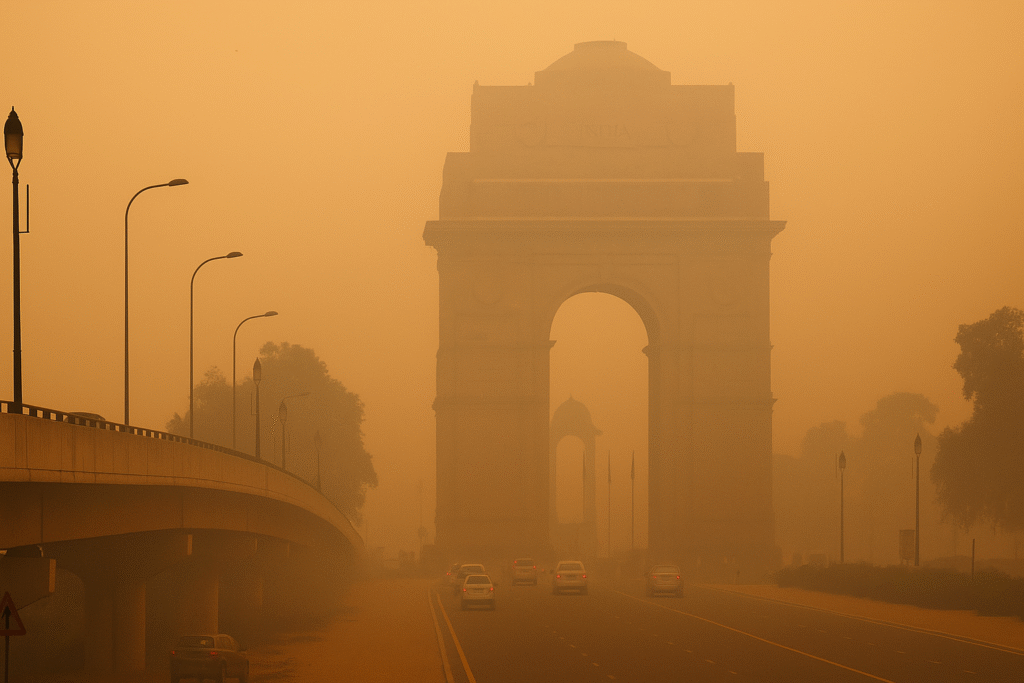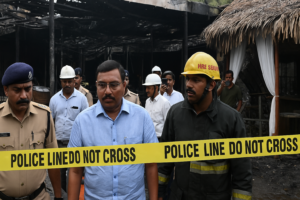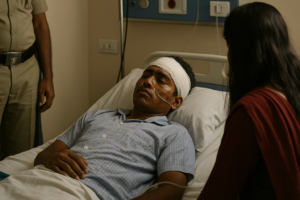With the Air Quality Index (AQI) slipping into the “very poor” category ahead of Diwali, the Commission for Air Quality Management (CAQM) has announced the enforcement of GRAP Stage-II restrictions across Delhi and the National Capital Region (NCR).
The decision was taken on Sunday after Delhi’s AQI rose sharply from 296 at 4 PM to 302 by 7 PM, indicating a rapid deterioration in air quality. Meteorological forecasts from IMD and IITM also warned of further worsening conditions in the coming days.
🌫️ What GRAP-2 Means for Delhi-NCR
The Graded Response Action Plan (GRAP) is a step-by-step framework activated when pollution levels rise. Under Stage-II, authorities impose stricter measures beyond those in GRAP-1 to control emissions and curb dust.
Key curbs include:
- Ban on coal and firewood use in hotels, eateries, and open cooking areas.
- Restriction on diesel generator sets (except for emergency services).
- Mandatory mechanical sweeping and daily water sprinkling on roads to reduce dust.
- Traffic management measures to decongest busy areas.
These add to GRAP-1 measures, which already restrict certain construction activities, mandate dust control at project sites, and require stricter CNG compliance for public transport vehicles.
🏙️ Air quality likely to worsen post-Diwali
Experts caution that pollution levels are expected to deteriorate further after Diwali celebrations, as firecracker emissions combine with stagnant weather conditions that trap pollutants close to the ground.
Delhi-NCR recorded over 50 “severe” air quality days last year, and the early onset of Stage-II this year has heightened concerns about a prolonged pollution spell.
🚇 Citizens advised to act responsibly
Authorities have urged citizens to avoid private vehicles, use public transport, and refrain from using firecrackers to help reduce emissions.
As per the AQI scale:
- 0–50 = Good
- 51–100 = Satisfactory
- 101–200 = Moderate
- 201–300 = Poor
- 301–400 = Very Poor
- 401–500 = Severe
With levels already above 300, Delhi’s air has officially entered the “very poor” bracket — a warning sign for both residents and policymakers.
Originally published on newsworldstime.com.
Originally published on 24×7-news.com.








